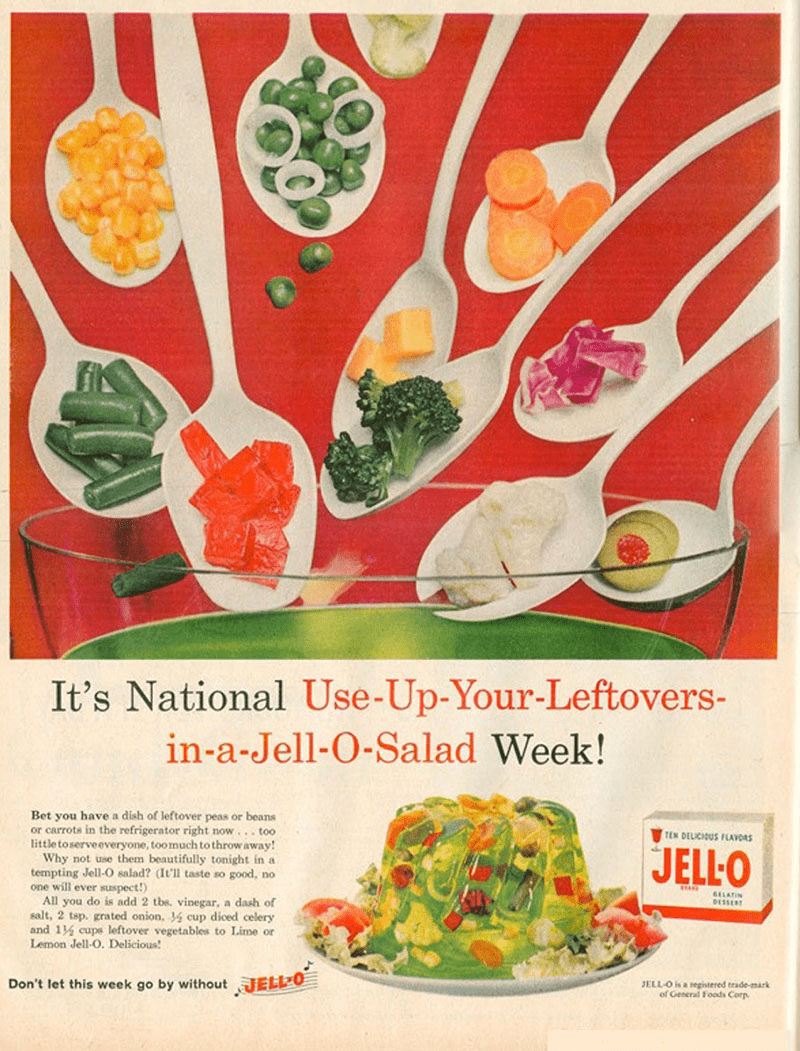 Listen
Listen
How To Use Agile To Organize Your Marketing
Ever look at your to-do list and just think “dang, how the heck am I going to do all of this?” That’s us on the daily. Until now (cue dramatic music). Today’s Listen is all about making you a more efficient and effective marketer. We’re diving right in because this one is packed full of amazing advice about Agile Marketing.
You’re about to learn what Agile Marketing actually is and how you can use it to help plan your work and then work your plan. We’ll let the experts handle it from here…
- (2:22) Agile marketing is a specific way of handling work to make your team faster and more efficient.
- (2:59) Agile marketing is built on small, low-risk experiments. It’s also very team-focused. Agile brings everyone together, rather than having projects take place in separate departments.
- (3:36) Scrum is the most popular methodology for Agile, but it isn’t the best for marketing (more on that later).
- (5:46) Agile marketers live and die by the backlog, which is basically a prioritized to-do list. Whenever a team member finishes a project, they move on to the next things on the top of the to-do list.
- (6:37) You don’t want to add a billion tasks for one project on your to-do list. It’s a fine line between giving your team enough information and not micromanaging them to death.
- (7:01) Boundaries are essential for Agile. They help your team stay on task and feel okay with saying “no” to things. Saying “no” to random requests is essential for agile.
- (9:33) Saying “no” easier than you’d expect when you do it with tact. It’s about explaining what you’re currently working on and asking the person what their task should take priority over.
- (18:50) Kanban is another approach to agile. It is designed to work on top of however you work right now. You don’t need to change anything, and it can help you be more efficient right now.
- (20:55) Scrumban is a third approach to agile that you should check out.
This one is so packed full of great advice that you really gotta listen to it yourself →
 Read
Read
How to Boost On-Site Conversions with Influencer Content
Despite some recent speculations on the “death” of Influencer Marketing, it’s not going anywhere. In fact, investing in influencers is being tossed around as one of the biggest social media trends of 2018. Besides, engaging niche influencers to co-create content for you is a dynamite way to up your content while simultaneously having someone promote it for you.
But that’s what everyone else is doing. Expert roundups here, guest posts there. You don’t want to simply be like everyone else.
Today’s Read from Convince & Convert is here with some ideas and examples for you to take your influencer-driven content marketing to a new level, so you can increase site conversion and achieve long-term marketing goals. Sounds good to us!
Here’s a quick summary of the ideas you’ll see in the article:
- Make them a part of your product
- Repurpose those valuable quotes on social media, in your other articles, and in other content assets
- Consider developing your influencer contacts into a micro-community of your own
Smash that button below to see how you can put ’em all into action.
 Watch
Watch
Pens with Benefits
How do you make an advertisement for pens… exciting? So exciting that viewers are inextricably enthralled by it? Sounds like a hurdle not even the biggest pen could draw its way over.
But that’s just what Japanese retailer Muji did—they went big. In a temporary installation-turned advertising opportunity, Muji employed R/GA Tokyo and 37,968 pens to build a giant, mesmerizing mural of Tokyo’s skyline. The result is a colorful, light-filled display reminiscent of Lite Brite, substituting the plastic pegs for thousands of stacked pens.
They then lit the formation up using projection mapping, which involves shining vibrant moving patterns and images onto objects. The creation is simply magical and definitely worth a watch…or three. (It’s just so pretty!)
Hey, Look at This
Marketoonist does it again! The undeniably talented cartoonist came up with a great comic about being customer-centric…and data-centric…and mobile-centric…


